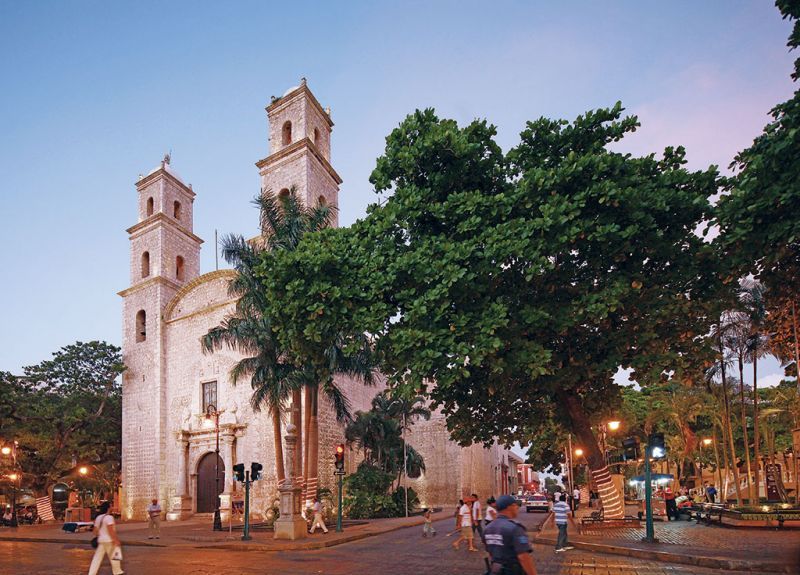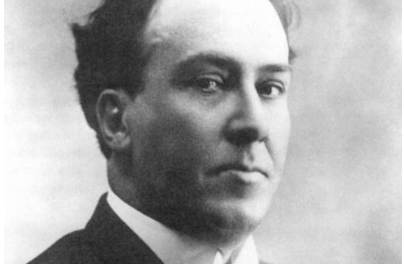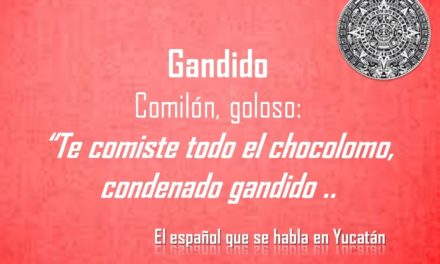…Continues from: THE OLD NEIGHBOURHOODS OF MERIDA: SANTIAGO
Go to the first article of the series: THE OLD NEIGHBOURHOODS OF MERIDA

By Gonzalo Navarrete Muñoz
Translation by Mary Maas
The name the Little Square of Jesús comes from colonial times; it comes from the church that one finds crossing the street, which currently is cared for by the Company of Jesus; it was called the Holy Name of Jesus.
This park also was known as Park Hidalgo, the name of the Father of the Country (Miguel de Hidalgo), although originally it was not for him that it was so named.
In1847, an Indian revolution broke out in Yucatán, the only case in Latin America where there was a successful revolution, to the point at which the Indians were very close to wresting the state from the whites.
In this little square, as it was then, the Indians that were in service in the white army did their military exercises; given their position, it began to be said that they were “hidalgos” (noblemen), that is to say “sons of someone” (“hijos de algo”), and from this the square was called “de los hidalgos”, later it came to be explained as the name of the priestly instigator of the Revolution (Miguel de Hidalgo).
La Mejorada
The church that was raised in this little square of the city was consecrated as Our Lady of Transition; but for its similarity to La Mejorada of Madrid, it began to be called that. The church was built with resources from the Spanish gentleman don Diego Montalvo de Garcia, who wanted to donate it to found a convent of reclusive nuns, although originally he had the wish to build a hermitage, that is to say, a church, in the outskirts of the city.
Some 100 meters to the south is located one of the gates of the city, which is still preserved, the Arch of the Dragoon’s Quarters. Another is found a few meters further, in San Cristóbal, and is referred to even today as the Arch of the Bridge, for the existence of a bridge to cross a watering place; in 1640 the work was totally finished, along with the convent annex, which today shelters the Architecture School of the Autonomous University of Yucatán, but which was originally occupied by the Franciscan brothers, until they were evicted in 1821, in accordance with the laws then in force.
This building also sheltered, during part of the 19th century, a celebrated hospital, that of San Juan de Dios, which was, since colonial times, the city hospital. Alongside the church, crossing Calle 59, one finds the Dragoon’s Quarters, on the lands of which there was a Franciscan hospital until the government requisitioned it to convert it into (military) quarters; currently it is a children’s learning center.
The way in which cities preserve their customs is curious: since the first days it was built, the little square of La Mejorada served as the place where people from the pueblos of the state arrived to sell their wares; maybe this is why the first railroad station in Yucatán was established in the little plaza and the surrounding neighborhood that bore its name, at the beginning of the 20th century.
For a short while, La Mejorada became an aristocratic area, from which we make the inference that the growth of the city was oriented to the east and not to the north, a reorientation that came with the inauguration of Paseo de Montejo and the integration of Itzimná.

Go to the next part: THE OLD NEIGHBOURHOODS OF MERIDA: SAN CRISTOBAL











